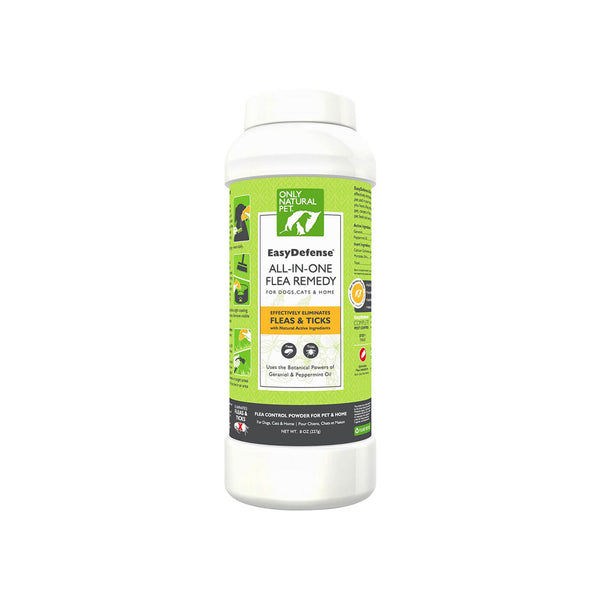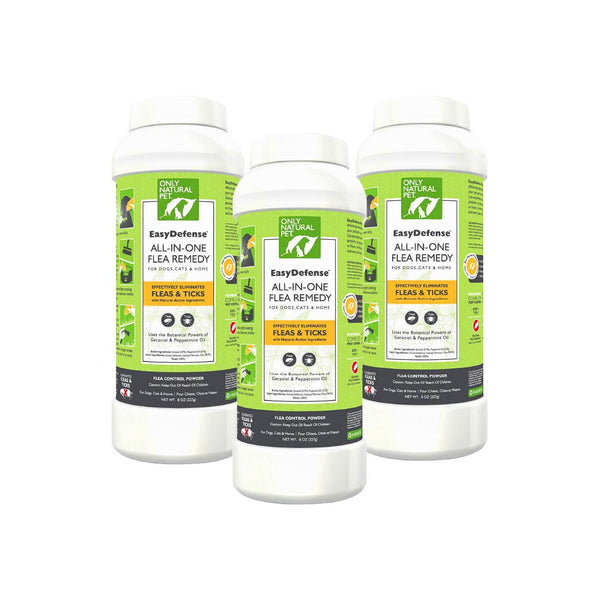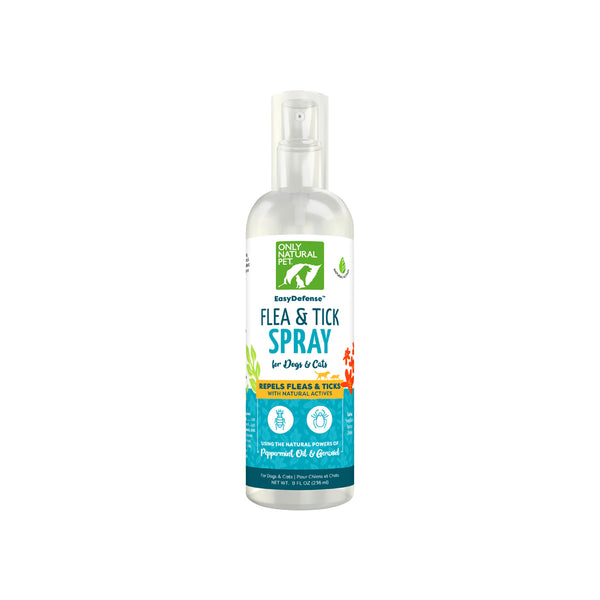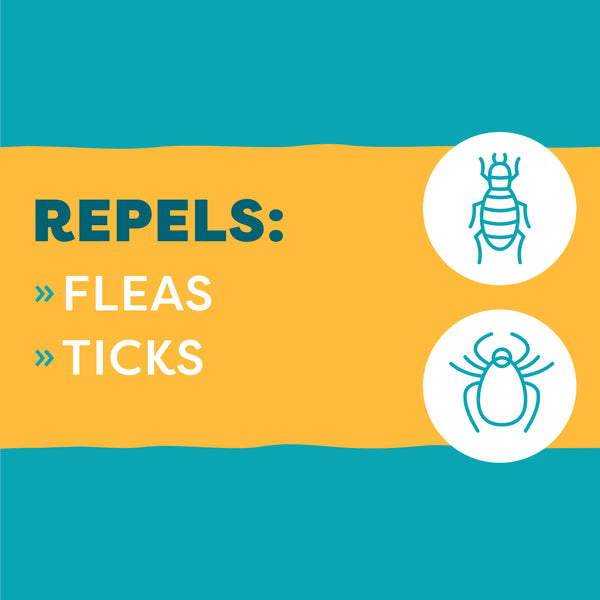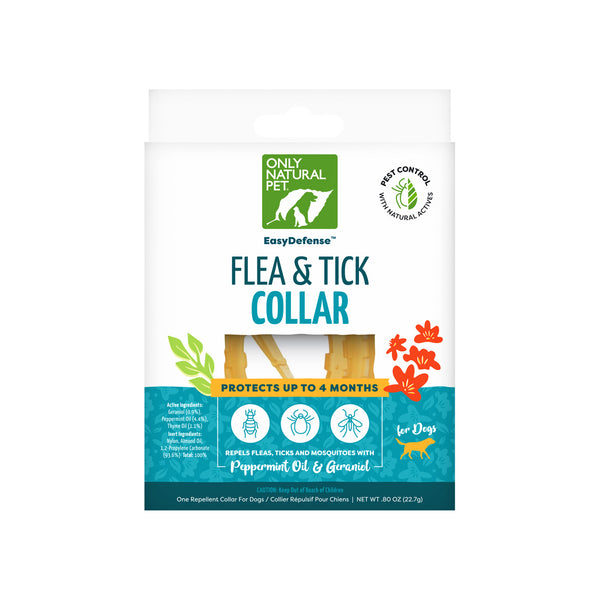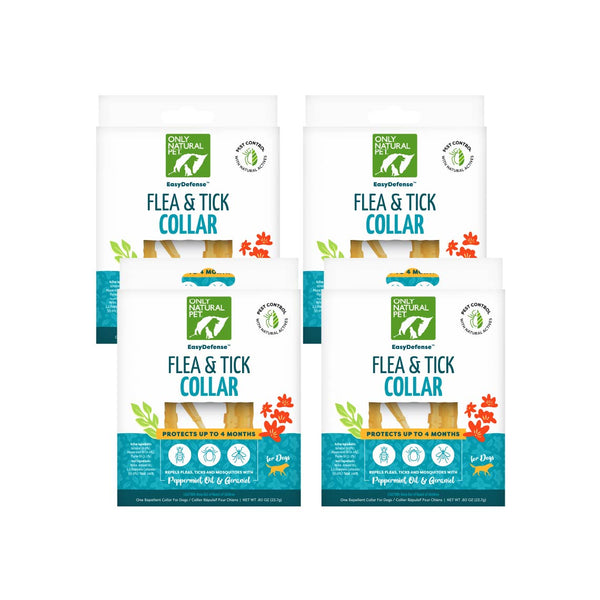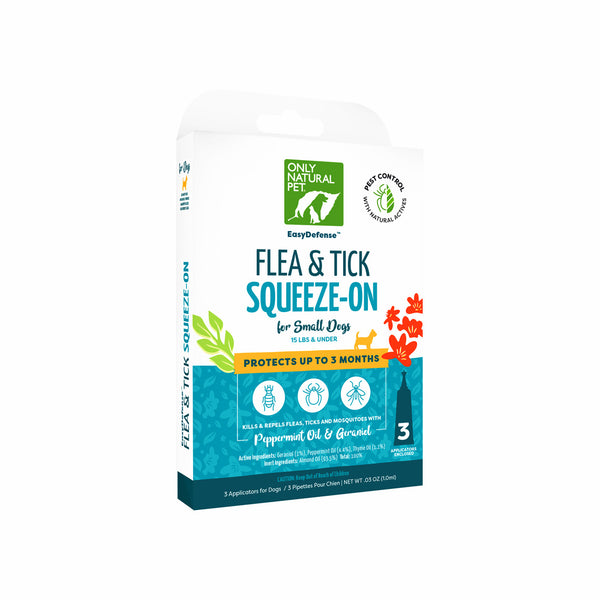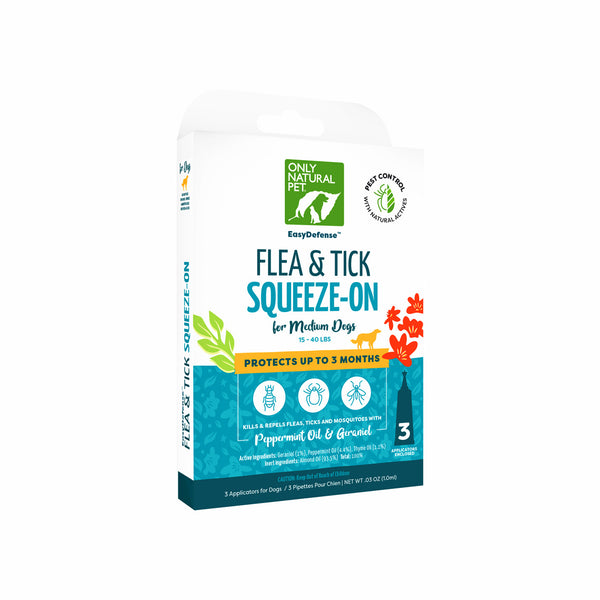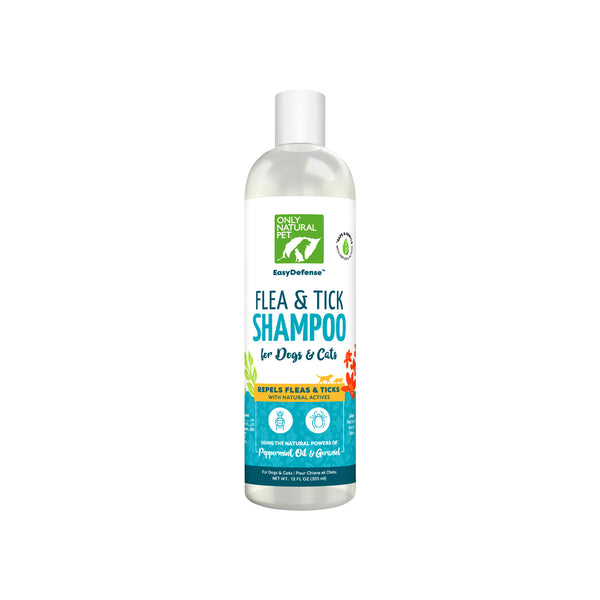Flea Larvae: The Hidden Enemy You Can't Forget About
Written by: Richard Rowlands, Pet Health Expert
The scourge of countless pet owners, dealing with fleas is a never-ending battle for households across the country. Often it seems that just as you bring your dog or cat to the point of being flea-free, another outbreak occurs and the whole cycle begins all over again.
What a headache!
While your efforts to fight the good fight have been valiant, they may not have been entirely effective. That’s because many pet parents only focus on the adult fleas they see on their pets. The other stages – and places not on your pet – are where some of that focus should lie.
Did you know that the adult fleas hopping around on your dog or cat and in your house are only about 1% of the entire flea population in your home environment?
Shocking, right?
For every adult flea you see, there are probably at least 99 more in one or another stage of development lurking around the house or yard.
Eight to ten percent of the population is in the pupae (cocoon) stage, 35-37% is in the larval stage, and 50-54% of the population consists of flea eggs.
Those are numbers that we simply can’t ignore when doing combat against these irritating parasites!
In this article, we'll take a look at the four stages of the flea life cycle. Then we’ll explain why flea larvae are the hidden enemy and share some tips to help you eliminate them in your home.
What Are the 4 Stages of the Flea Life Cycle?
Eggs
After gorging on their diet of choice – our pets – an adult female flea is ready to lay her eggs.
These eggs are the size of a grain of salt or smaller, making them nearly impossible for us to see. They’re about 0.5 mm long and only 2.5 mm wide (0.02 by 0.01 inches).Basically, microscopic for us humans.
Anywhere from 10 to 50 eggs can be laid at a time in ideal conditions, and adult females may lay from 900 to 2,000 eggs in their lifetime.
Easy to see how infestations happen, isn’t it?
Eggs are laid on their host – your furry loved one – and then typically fall off into the home environment. That means carpets, furniture, linens, and outdoor areas such as patios, decks, and your yard. The flea larvae will hatch from the eggs within 1 to 10 days.
Larvae
Freshly hatched fleas are in their larval stage which typically lasts 5 to 11 days. Flea larvae have the appearance of tiny worms. They’re anywhere from 2 to 5 mm long (0.08 to 0.2 inches) with a whitish body and pale colored hairs.
At this stage, they eat something called “flea dirt”, which is the blood-filled feces that adult fleas excrete after having a blood meal. Once they’re ready, larvae spin cocoons and pupate. This takes 5 to 9 days if conditions are right.
Pupae
This is the final stage of development for a flea before it reaches adulthood. During this time, the pupae are encased in a silk-like cocoon that protects them as they develop into adults. But unlike the first two stages that happened rapidly, this one can last a lot longer.
Fleas may pupate anywhere from only a few days to more than 6 months! This is why many pet owners are tricked into thinking they’ve dealt with an infestation only to have a fresh fight on their hands a short while later.
But why can it take so long for adults to emerge?
Fleas in the pupae stage are alerted by their surrounding environment that it’s time to come out and feed. Things like body heat, vibrations, and even humidity and ambient temperatures are all factors.
But when the time is right and they make their debut, they’re ravenous and spare no time getting to work filling up once again!
Adult Fleas
When fleas emerge from their cocoons, they are officially adults. At this point they are the small, wingless insects whose appearance we may be a bit more familiar with from product packaging and media.
Adult fleas are similar in size to the larvae. They can be reddish brown to black in color and are oval-shaped. A notable part of their physiology, often highlighted in cartoons, is their powerful hind legs. These give adult fleas the ability to jump onto new hosts (like your pets) and travel throughout your home.
Once the adults have successfully fed from their hosts and mated, the cycle continues with a fresh batch of eggs being laid.
Why Are Flea Larvae the Hidden Enemy?
Flea larvae make up about 35% of the flea population in the average home experiencing an infestation. And their natural survival instincts make them especially clever rivals.
Larvae move away from light sources and find shelter, hiding in cracks and crevices. These could be in carpets, furniture, pet beds, etc.
They really are hidden.
They can survive for long periods of time in the environment, lying dormant until a potential host is detected.
How to Eliminate Flea Larvae in Your Home
This larval stage is where we need to be ruthless when it comes to our efforts to rid our homes of fleas.
A quality vacuum cleaner is one effective weapon in the fight against flea larvae.
Be sure to vacuum carpets, furniture, and even wood or tile floors thoroughly. Get into every little crack and crevice you can! Then seal and dispose of the vacuum bag or clean and disinfect your bagless vacuum thoroughly.
Vacuuming up a small amount of flea powder, like calcium carbonate or borate powder, and then cleaning your vacuum will offer added protection.
Any removable cushion covers, pet beds, and bedding of your own should be washed. Aim for high heat cycles and a quality detergent.
Another way to combat flea larvae is by using natural flea control products to kill remaining larvae you might have missed with vacuuming or washing.
Natural ingredients are a great way to fight fleas at the larval stage without using potentially harmful pesticides inside your home or in your yard. This way, you’re not risking harm to you, your pets, or the other wildlife which may pop by your yard from time to time.
Two ingredients that make for an effective natural flea control product are eugenol and cedarwood. There are a variety of sprays available that contain both.
Only Natural Pet EasyDefense Flea & Tick Home Spray for Dogs & Cats is great for inside the home, and our EasyDefense Flea & Tick Yard Spray is optimal for outdoor use.
When used properly, products such as these that contain eugenol and cedarwood do wonders to eliminate fleas at the larval stage. And being natural, you can have peace of mind using them.
Conclusion
Remember, prevention is always better than cure, especially when it comes to fleas that can potentially transmit parasites and disease. That’s why we recommend protecting your pets and home year-round.
And why not protect your pets and home safely with natural products rather than potentially harmful chemical alternatives? As always, we recommend speaking to your veterinarian if you need more information.




